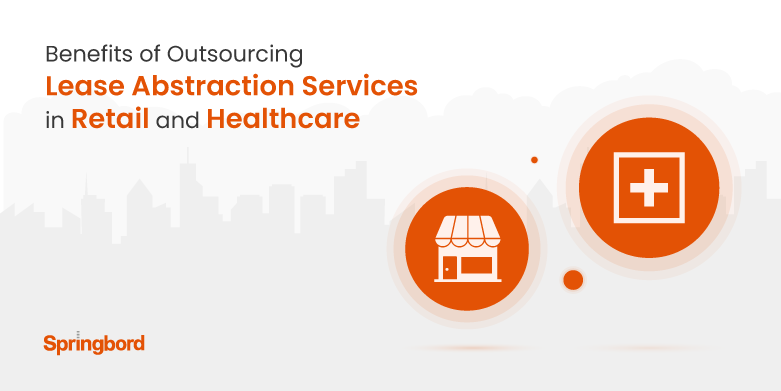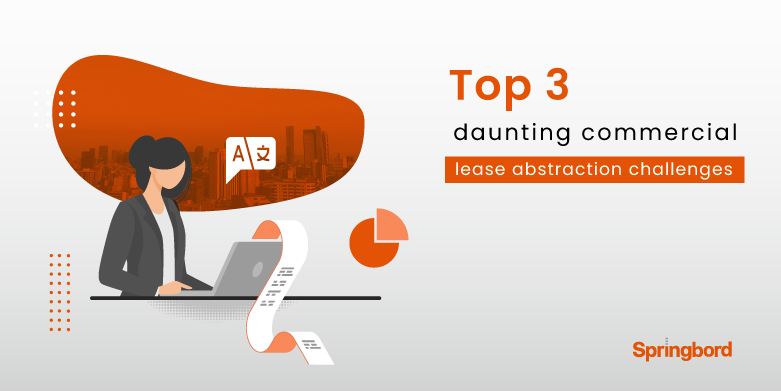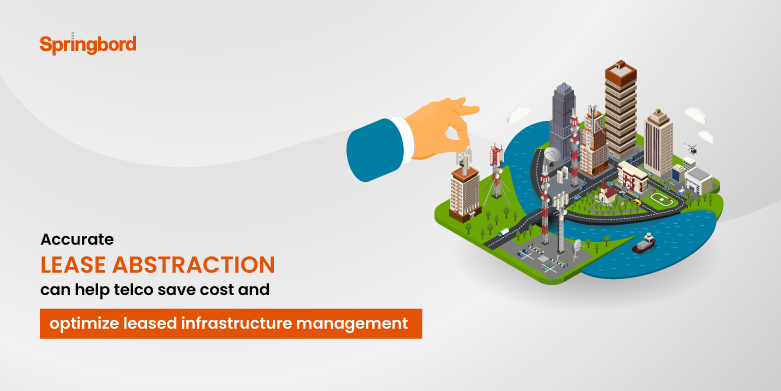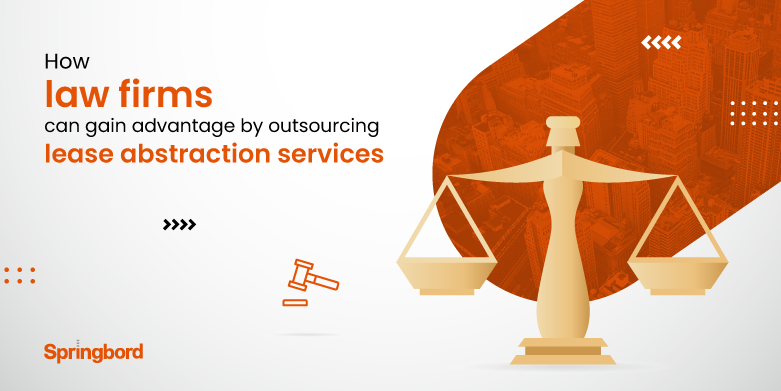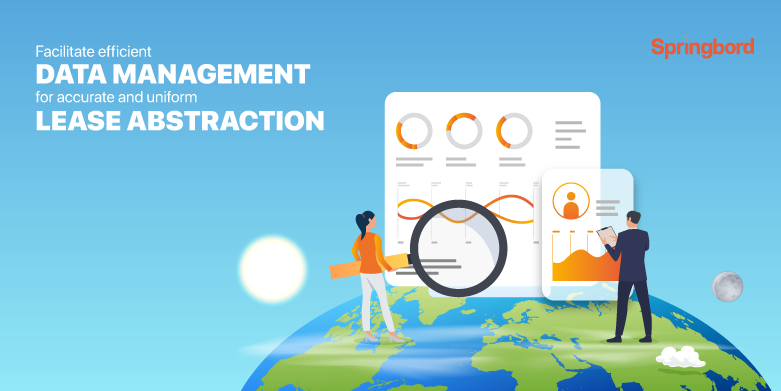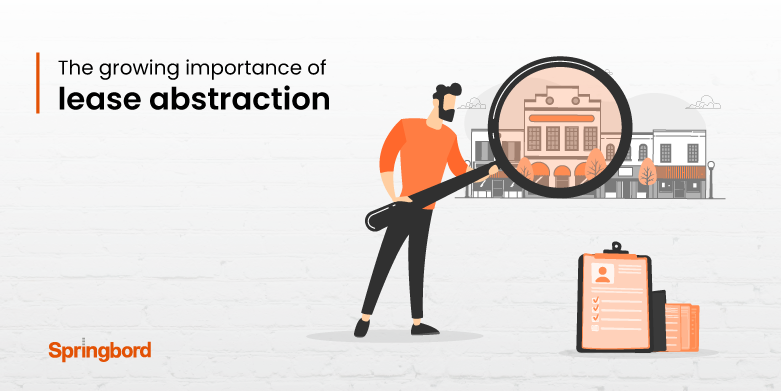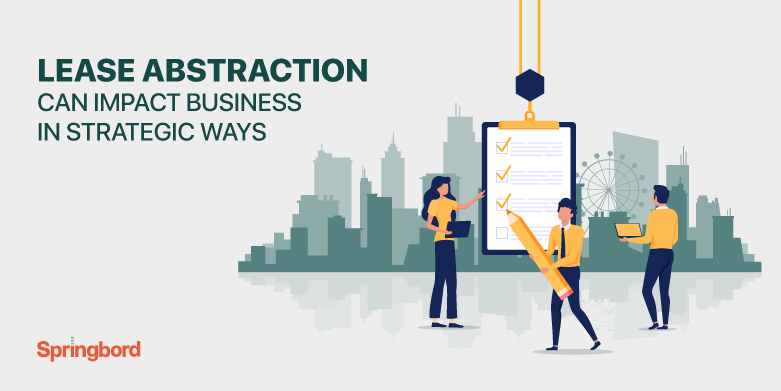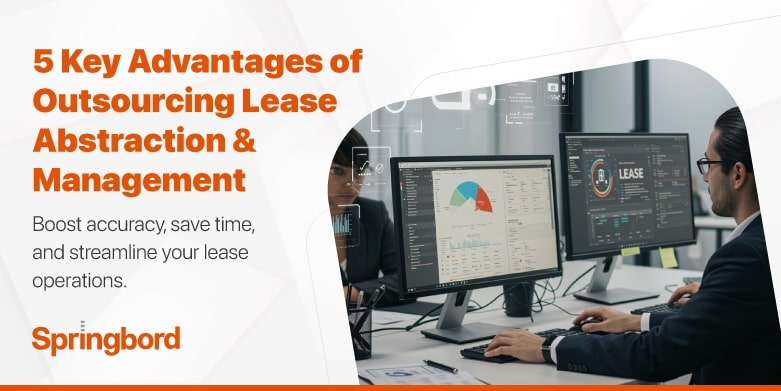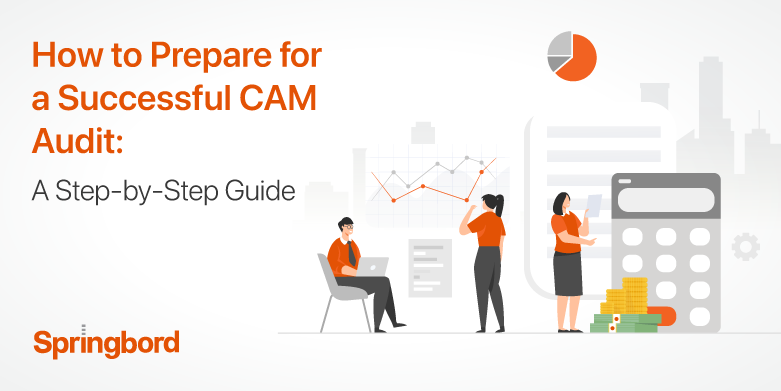Introduction to Lease Abstraction in Retail & Healthcare Commercial lease abstraction is the process of summarizing lengthy and complex lease documents into concise, easy-to-reference formats that include key financial, legal, and operational terms. It simplifies data retrieval and supports critical business decisions. In industries like retail and healthcare, where organizations manage dozens or even hundreds
Introduction: The Rising Need for Lease Abstraction Commercial lease abstraction is a fundamental and a critical part of the real estate industry. Accurate, timely and concise lease abstraction helps manage a variety of processes and operations efficiently. Plus, efficient lease abstraction means effective lease data management that helps gain a lot of timely insights that
The telecom industry is evolving at an unprecedented speed. This continuous disruption underpinned by network upgrades, technology innovations, and ever escalating demand for data is putting telecom companies under immense pressure to keep pace in order to meet new market demands. To manage these challenges effectively, many telecom companies are turning to professional lease abstraction
Every law firm may not have a dedicated leasing team to handle all things related to commercial lease. That said, lease abstracts play a critical role in managing real estate investments, acquisitions and even litigations. The Importance of Lease Abstraction for Law Firms These summaries provide key business, financial and legal data extracted as per
Accurate lease data abstraction is key to efficiently managing commercial real estate portfolio. It not only saves time and effort but also alleviates operational and financial risks. However, abstracting, formatting and managing key lease information is an arduous, time-consuming and challenging task. If data is not managed properly the very purpose of lease abstraction will
Managing commercial lease is a tedious and complex work. Given the extensive volume of lease portfolios, related paperwork, and several contractual iterations, it is becoming increasingly challenging to track and manage lease contracts efficiently. The challenge is further compounded due to siloed processes and mostly manually managed documentation and filing that restricts holistic visibility into
Introduction In today’s fast-evolving real estate environment, where data, compliance, and tenant expectations are constantly shifting, lease abstraction is no longer just a support function, it is a strategic necessity. Understanding its full impact can help commercial real estate (CRE) companies streamline operations and stay competitive. Why Lease Abstraction Matters More Than Ever Technology disruption,
As commercial lease portfolios grow in size and complexity, managing lease data accurately has become a top priority for real estate businesses. Why Lease Abstraction Matters – and Why It’s Challenging Real estate companies are increasingly adopting the process of lease abstraction that allows them to summarize essential business, legal and financial terms and conditions.
As the global business landscape becomes more complex and competitive, organizations are seeking innovative ways to streamline operations and maximize efficiency. One area where businesses can significantly reduce costs and boost productivity is through outsourcing lease abstraction services. Lease abstraction services involve the extraction of important information from lease documents, such as rent amount, lease
Common Area Maintenance (CAM) audits are critical for landlords and tenants to ensure fair cost allocation and transparency in financial dealings. However, preparing for a CAM audit can be daunting, requiring meticulous attention to detail and a comprehensive understanding of lease agreements and operating expenses. In this advanced guide, we’ll delve into the intricacies of


